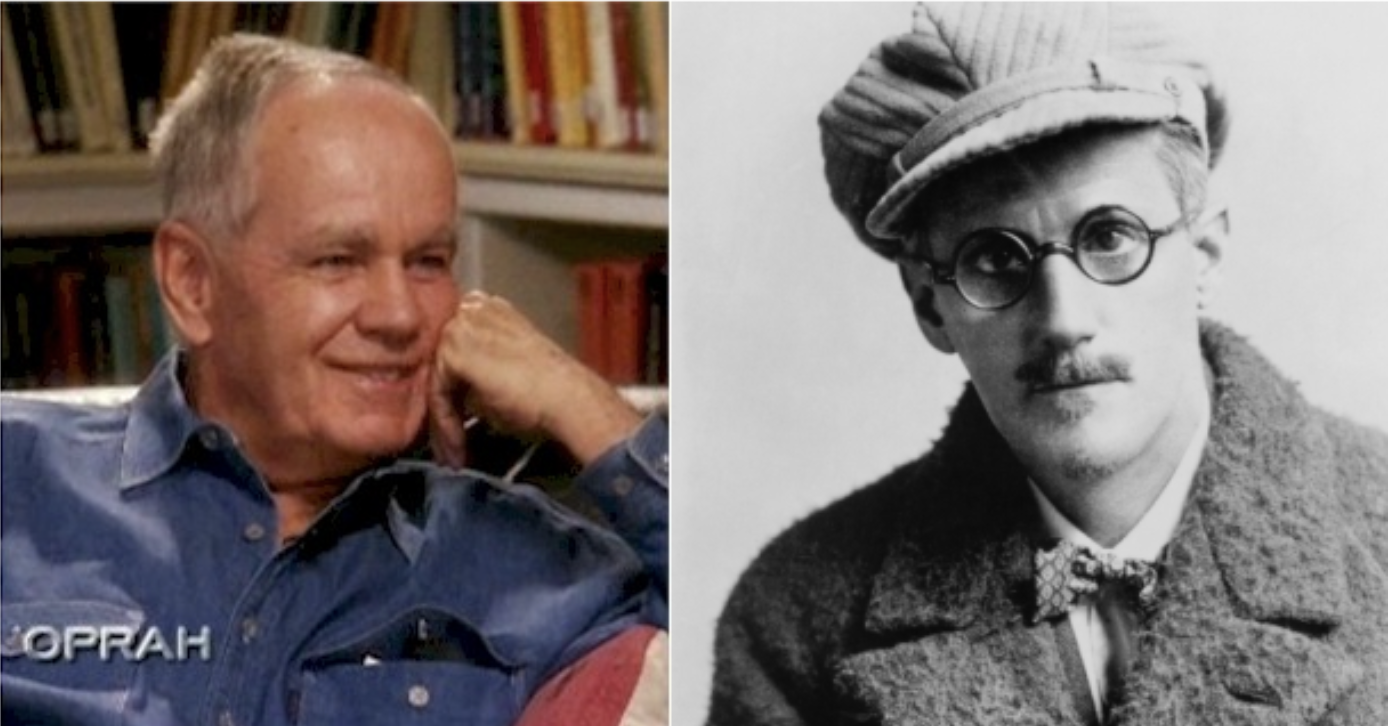Think back, if you will, to the climactic scenes of Indiana Jones and the Last Crusade, which take place in the hidden temple that contains the Holy Grail. His father having been shot by the dastardly Nazi-sympathizing immortality-seeker Walter Donovan, Indy has no choice but to retrieve the legendary cup to make use of its reputed healing powers. This entails passing through three deadly chambers, one of which has a floor covered in stones, each one labeled with a letter of the alphabet. The way through, according to Jones père’s research, is the name of God. But when Indy steps on “J” for Jehovah, it crumbles away, and he nearly plunges into the enormous pit below.
Of course, true fans will have already quoted the relevant line: “But in the Latin alphabet, Jehova begins with an I!” Those of us who first watched the movie as kids — and, for that matter, many of us who first watched it as adults — simply took that fact as given. But if we watch the RobWords video above, we can learn how and when that “I” became a “J”.
To the ancient Romans, explains host Rob Watts, these letters were one and the same, serving both vowel and consonant duty depending on the context (as in “Iulius” Caesar). Both of them date back to a “rather more complicated character” that looks like a badly contorted F, and which originated as a pictogram representing a human hand and forearm.
The letter J only emerged later, “when scribes wanted to differentiate between these two usages.” (As we’ve seen, it also offered the descendants of the Knights Templar a way to trick interlopers in their caverns.) Throughout the course of the video, Watts covers this and other curious steps in the evolution of the alphabet we use to write English and many other languages today. These produced such features as the plural of knife and wolf being knives and wolves, the seeming superfluity of Q, and — for an Englishman like Watts, an unignorable subject — the transatlantic “zed”/“zee” dividing line. Examined closely, the forms of our letters tells a millennia-spanning story whose cast includes Egyptians, Phoenicians, Canaanites, Etruscans, Greeks, Romans, and others besides. And as the experience of Indiana Jones illustrates, you never know when you’ll need its lessons.
Related content:
How Writing Has Spread Across the World, from 3000 BC to This Year: An Animated Map
The Writing Systems of the World Explained, from the Latin Alphabet to the Abugidas of India
Based in Seoul, Colin Marshall writes and broadcasts on cities, language, and culture. His projects include the Substack newsletter Books on Cities and the book The Stateless City: a Walk through 21st-Century Los Angeles. Follow him on Twitter at @colinmarshall or on Facebook.


